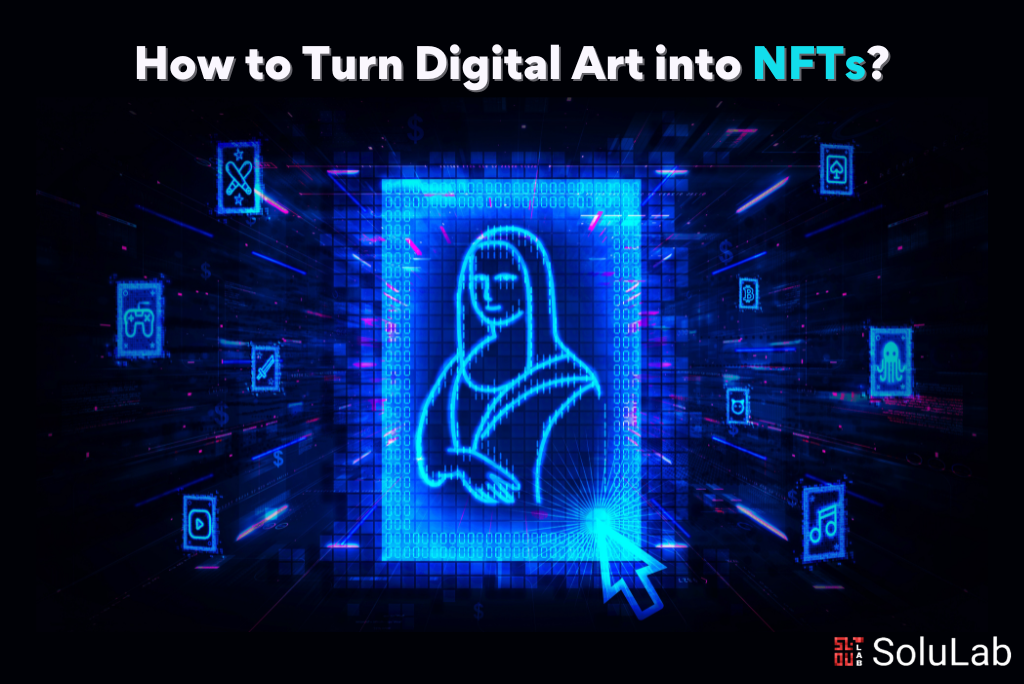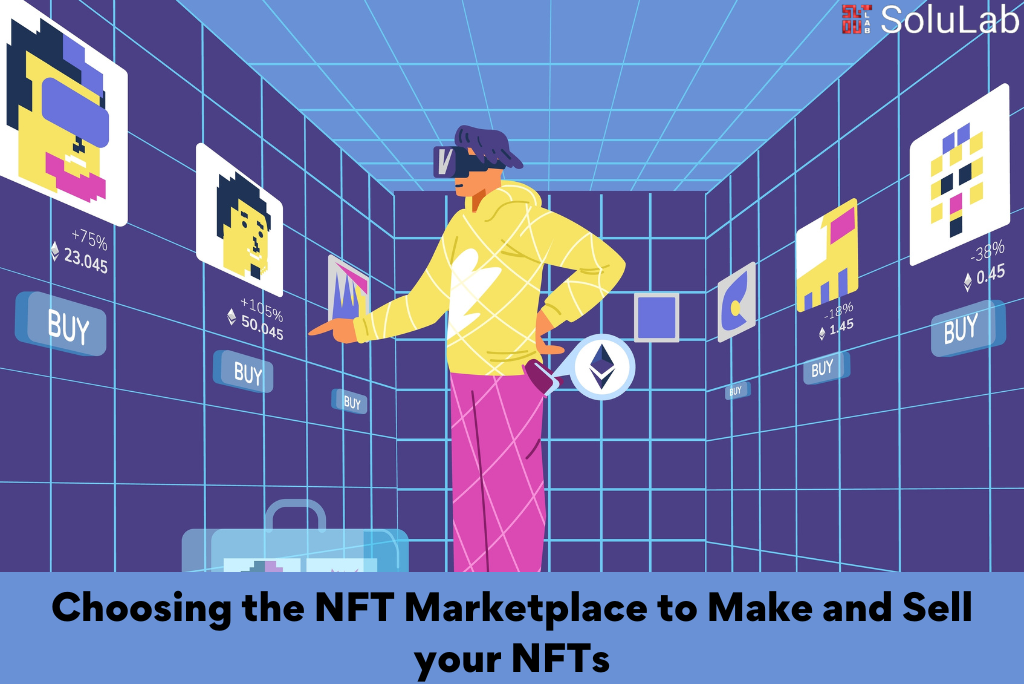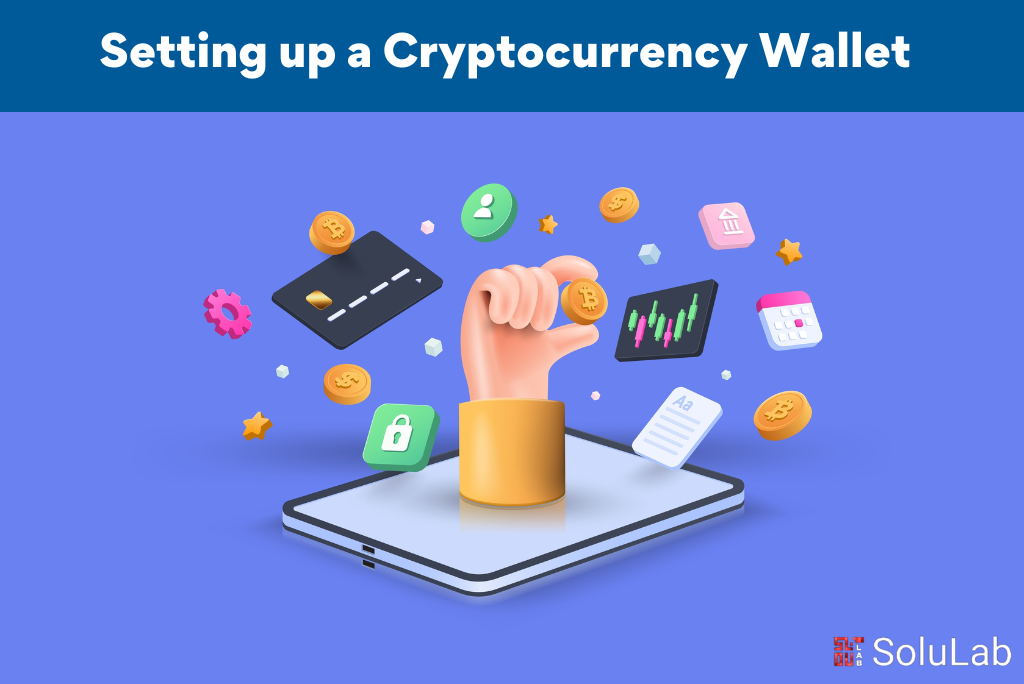
NFTs turned every aspect of the art world on its head, including how art is valued, who the best artists are, and how it is purchased and sold. This circumstance allows upcoming digital art nfts to succeed financially and socially. But in order to succeed, you must understand how to convert your images or audio into NFTs. Today, we’ll go through how to transform your artwork into NFT artwork. The most important data has been gathered and shared with you.
All You Need To Know About Crypto Art
In modern times, art is the most prevalent use case for Non-Fungible Tokens (NFTs), and it is no surprise that crypto art in NFT format has lately emerged exponentially. In addition, the point that the new blockchain technology makes prerequisites that now permit artists to acquire hundreds of millions of dollars from their online paintings drew numerous innovative individuals who could only vision such a level of comfort and accessibility before.
Furthermore, excellent high-profile auctions of NFTs connected to online art have obtained significant general engagement. The most costly sales hit the news as they fetched hundreds and thousands of dollars. In 2022, the most expensive Non-fungible token, with a cost of $91.8 million, was “Merge” by a pseudonymous online artist.
In 2021, the First 5000 Days NFT accumulation by artist Mike Winkelmann, famous as Beeple, was another costly auction and was traded for $69.3 million. Besides, crypto art is linked with individual elements made by famous artists and marketed on auction nft art marketplaces, including famous NFT mediums and conventional auction places like Sotheby’s and Christie’s. Nevertheless, most art in the crypto area is formed by unknown talented newbies.
Yet, some NFT groups, including the pioneer CryptoPunks or the most publicized newly anointed Bored Ape Yacht Club, are models of productive art. This kind of art is generally completed with the aid of different autonomous approaches. The ideas in these famous groups are made by assembling a piece of simple image elements in different assortments.
Is coding required for NFTs?
It is exceptionally effortless to make an NFT from online art without comprehensive coding. The method of forming them is known as minting. It issues a special model of the token on the advanced blockchain. Non-fungible tokens are minted once made, similar to how metal currencies are developed and added into the transmission.
After this procedure, the individual piece of online art becomes safe, hard to manipulate, and tamper-proof. As this online item became a non-fungible token, it can now be purchased, traded, and digitally tracked when recollected or resold.
For artists, stamping NFTs into online art is an innovative way to monetize their job fairly. On most NFT trade, artists can program a royalty provision upon stamping so that secondary deals of their jobs will develop passive earnings. If the need for the artwork grows and becomes prominent and increases in value, the artists can profit from it. Minting is an automatic function supplied on most NFT marketplaces. To begin with it, you must take a few simple actions specified below:
Nevertheless, you can attempt to code an NFT if you are already encountered this domain and want to evolve as an NFT developer. To dive in-depth into NFT programming, you must consider that the Ethereum network still monopolises forming NFTs. The common coding language used for NFT products is Solidity, created for designing smart contracts that operate on the Ethereum blockchain. Others are HTML/CSS and Javascript. Also, the InterPlanetary File System is generally used to store artists’ NFTs.
Choosing the NFT crypto art marketplace to make and sell your NFTs

Choosing the right NFT platform is an essential stage in the process of minting NFTs. There are many various online NFT marketplaces in the bitcoin sector, and each of them functions slightly differently. Artists must understand whether a platform offers self-service or curated in order to choose the one that is most suitable, well-liked, & user-friendly for them. Access to self-service and failing to keep NFT platforms is free for all artists. You only have to sign up using a cryptocurrency wallet and pay the service charge to generate an NFT in order to put NFTs onto them.
Curated NFT platforms have stricter artist selection criteria. You will be required to fill out a form with all the information about NFT collections and your prior artistic skills in order to register and begin minting your artwork on platforms. The extended time it takes for the experts to make a choice is another obvious drawback of curated NFT marketplaces. However, because of these strict selection standards, the majority of the best digital artworks are displayed on these platforms, giving consumers more faith in the artists that work with these platforms.
Setting up a cryptocurrency wallet

To sign transactions, log onto NFT platforms, and manage your balances, you’ll need a Bitcoin wallet. Verifying that the wallet accepts the cryptocurrency that you’ll be using on the NFT network you want to use is the most important step before setting it. Since the majority of NFT marketplaces are built on Ethereum, they allow payments in Ether, the native cryptocurrency of Ethereum. Numerous crypto wallets have millions of users already. For simple access to blockchain-based platforms, many of them have a variety of functionalities, and some of them even offer their own web and phone applications.
The choice of a suitable cryptocurrency wallet depends on what kind of safety you are willing to have. The main types of them include custodial, noncustodial, and hardware wallets. A custodial wallet is also a hosted wallet since users’ funds are automatically stored in it by a third party, similar to how banks keep the money in checking and savings accounts. What level of security you are eager to have will determine the best Bitcoin wallet to use. Custodial, noncustodial, and hardware wallets are the three basic varieties.
Read more: 9 Top NFT Art Marketplaces in 2022
Since user funds are automatically stored in a custodial wallet by a third party, much like how banks maintain the funds in checking and savings accounts. It is regarded as being the most user-friendly & straightforward to set up. Users have total control over the safety of their cryptocurrency and money with a non-custodial wallet. In the worst event, if someone’s computer is compromised, a hardware wallet can keep users’ cryptocurrency offline and secure it.
How to sell digital art as NFTs
The NFT deal is likely to be the basis of your token minting. Most NFT mediums have a quality to determine a selling process or an alternative to specifying a cost for your non-fungible token while minting it. Auction and fixed-cost sales are the two primary methods of selling NFTs. A fixed-price deal is supposed to be the most comfortable, pretty evident, and straightforward.
To market your newly minted NFT this way, you must specify your desired cost. Some mediums also request to specify a royalty portion, the payment you will obtain in case of future deals of your art, so you must concentrate on that, too. Another method to market your NFT is via an auction so that customers can skim and bid on your online art. While some auctions occur online, others finish in a full-fledged physical auction. And there are two types of NFT auctions.
The initial type is an English auction, a rising-cost auction where the highest proposal wins. A timed auction is a distinct category of English auction when a token can be bid over a specified term, and at the end, the collector who has offered the highest proposal has won. The next type is a Dutch auction, a reducing-price auction in which costs decline until someone accepts your NFT.
In addition, it is up to you which method of digital art nft market to select. Each method has its benefits and disadvantages, whether it is a potential lack of knowledge of the real worth of your artwork when setting up a set price or reliance on time during deals through auctions. There are numerous advantages to trading art as an NFT:
- Settlements happen immediately and are not reversible.
- You can trade numerous interpretations of your work, such as fixed editions and prints. All known versions are visible in one spot for buyers to select from.
- One can reproduce and transfer NFTs indefinitely without compromising the worth of the artwork itself.
- You have full authority over your artwork, indicating you can set regulations around it.
Conclusion
NFTs are an excellent platform for promoting and showcasing cryptocurrency-based art in general. Anyone can build and exhibit their NFT here on blockchain because of their straightforward interface and lack of technical expertise. NFTs can even be used by art collectors to make investments in works of art before they are finished. One of the most fascinating emerging technologies in the fields of art and cryptography is NFT. This technology is being used in a brand-new and exciting way that can benefit both collectors and artists. It is hoped that this essay would make it simple for anyone working in the arts—whether they are designers or programmers—to produce NFTs independently.




